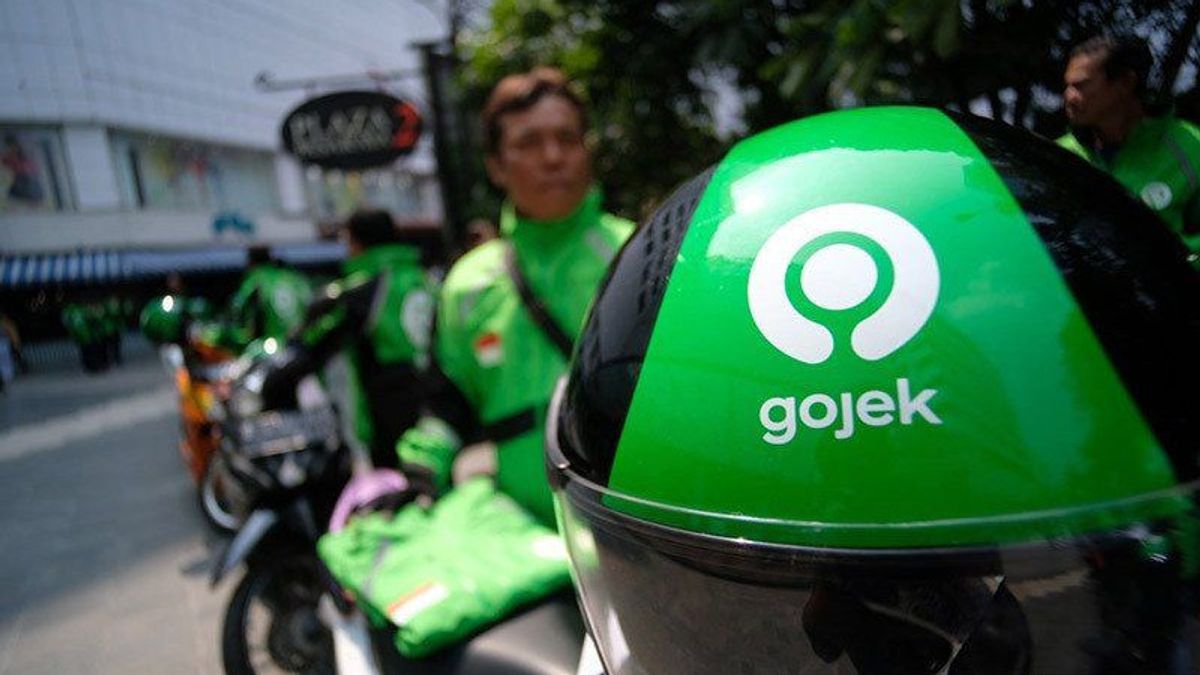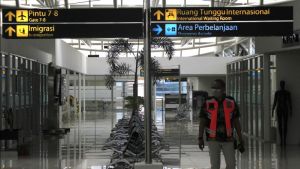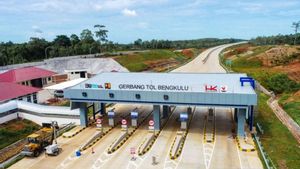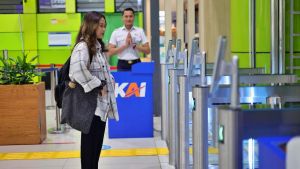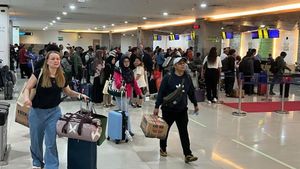Deputy Head of the Demographical Institute (LD) of the Faculty of Economics, University of Indonesia (FEB UI) Paksi CK Walandouw said, the ride-hailing or online motorcycle taxi (ojol) industry is sufficient to help the community in terms of obtaining income in the midst of an uncertain economic situation due to the COVID-19 pandemic.
This condition, said Paksi, has occurred since the beginning of the Covid-19 pandemic in 2020.
A real example can be seen from the ojol ecosystem that has been built.
During the pandemic, ojol really helps people in the midst of the difficulty of finding job opportunities and waves of termination of employment (PHK).
One of them is Gojek, he becomes a buffer when there are difficulties in the formal economy. Not only as a partner for GoRide and GoCar drivers, which may be limited due to restrictions due to the pandemic. But the role of the ecosystem is like GoFood and GoSend where people can buy food and send goods from online purchases," Paksi said as quoted by Antara, Friday, October 14.
Until now, he continued, the ojol ecosystem is no longer on the side, but has become the main support for some people to reap rupiah coffers.
This is because ojol offers flexibility for two-wheeled driver, four-wheeled, and logistics courier partners as well as micro, small and medium enterprises (MSMEs) who are members of the food and beverage business.
Those who are members of the ecosystem can work flexibly without being bound by time and target.
People who are members of this ecosystem are happy with flexibility. This is what makes the work in the ojol ecosystem very attractive. At first it might be a trial, but then it ends up being the main job. Usually that's what happens," said Paksi.
The high interest of the community to be involved in the ojol ecosystem, such as being a driver partner or a food and beverage partner, cannot be separated from the large number of ojol users.
Based on data from the Ministry of Transportation, the sequence of ojol applications that are often used by the public are 59.13 percent Gojek, Grab (32.24 percent), Maxim (6.94 percent), InDriver (1.47 percent), and other applications (0.23 percent).
LD FEB UI itself has conducted research on one of the ojol applicators, namely Gojek.
The study, entitled Gojek's Ecosystem Contribution in Supporting National Economic Recovery During the 2020-2021 Pandemic, shows that GoRide driver partners are recovering through an increase in revenue of 24 percent compared to the beginning of the pandemic.
Likewise with GoCar driver partners whose income increased 18 percent compared to the previous year.
The biggest jump was felt by GoFood MSME partners. Their average income increased by 66 percent in 2021 compared to 2020.
Meanwhile, GoSend logistics service driver partners experienced a recovery through an increase in revenue of 37.7 percent compared to the beginning of the pandemic.
"In 2022, I think it is still in the recovery stage. Hopefully, the income of driver-partners and MSME partners can be greater than last year," said Paksi.
The increase in tariffs set by the Ministry of Transportation on September 11 is at least expected to reduce the impact of rising fuel prices.
"So that the welfare of driver partners and MSME partners can be maintained and recover as before the pandemic," he said.
The English, Chinese, Japanese, Arabic, and French versions are automatically generated by the AI. So there may still be inaccuracies in translating, please always see Indonesian as our main language. (system supported by DigitalSiber.id)
